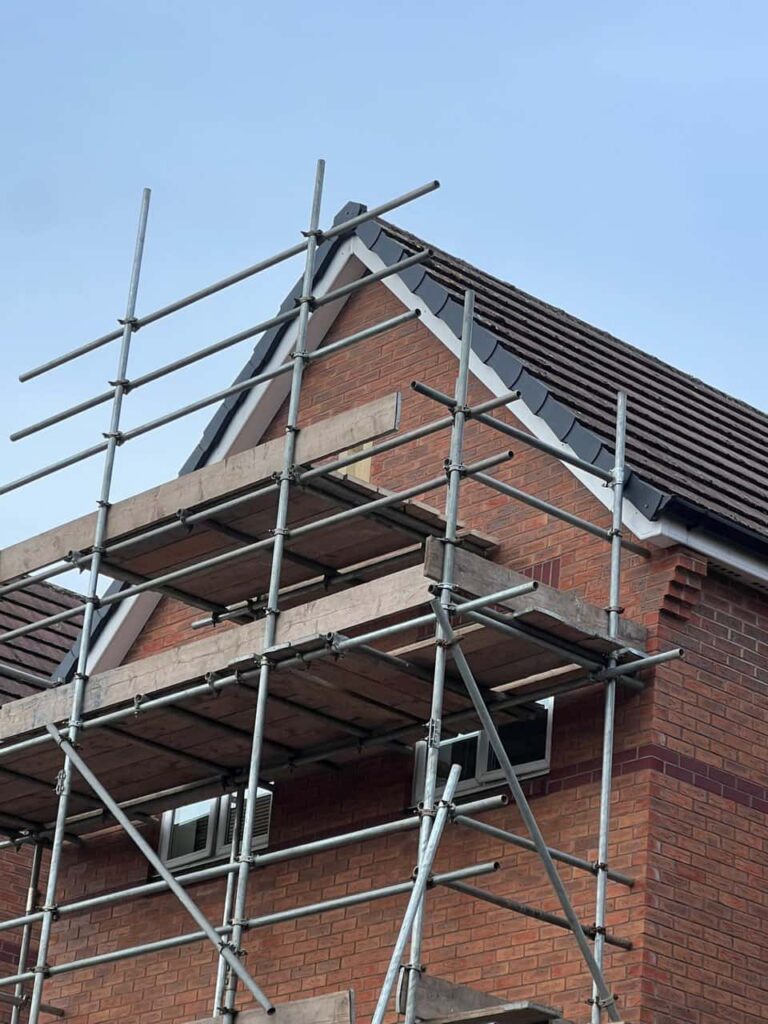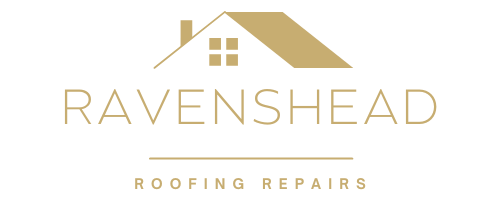Introduction: Gable and hip roofs are two common designs in residential roofing. Both have their unique characteristics, and each requires specific considerations when it comes to repair and maintenance. In this blog post by Ravenshead Roofing Repairs, we will compare gable and hip roof repair and maintenance requirements to help you make informed decisions about your roofing needs.
Gable Roof: Overview and Maintenance
Gable roofs, known for their triangular shape, are a classic and popular choice among homeowners. Here are some key maintenance considerations for gable roofs:
1. Shingle Inspection: Gable roofs typically have a larger surface area, which means more shingles to inspect. Regularly check for missing, damaged, or curled shingles that may need replacement.
2. Ventilation: Adequate ventilation is essential for gable roofs to prevent moisture buildup in the attic. Ensure that vents are unblocked and functioning correctly to maintain a healthy attic environment.
3. Gable End Maintenance: The gable ends of the roof, where the triangular shapes meet, can be susceptible to wind damage. Regularly inspect and reinforce the gable end flashing and siding to prevent leaks.
4. Trim Maintenance: The trim or fascia boards along the roof’s edges should be examined for signs of rot or water damage. Replace any damaged trim promptly to prevent further deterioration.
5. Snow and Ice Removal: Gable roofs may be prone to ice dams in regions with heavy snowfall. Safely remove excess snow and ice to prevent water infiltration.
Hip Roof: Overview and Maintenance
Hip roofs have sloping sides that meet at a ridge with no gable ends. They are known for their stability and resistance to wind. Here are some maintenance considerations for hip roofs:
1. Shingle Inspection: Hip roofs require regular shingle inspections like gable roofs. Check for damaged or missing shingles and replace them as needed.
2. Ridge Vent Maintenance: Hip roofs typically have ridge vents along the top. Ensure that these vents remain unobstructed for proper attic ventilation.
3. Valley Maintenance: Hip roofs may have valleys where two roof slopes meet. These areas can be prone to leaks, so inspect and maintain valley flashing to prevent water intrusion.
4. Eave and Soffit Inspection: Examine the eaves and soffits for signs of rot or damage. Properly functioning eaves and soffits help protect your roof from moisture and pests.
5. Wind Resistance: Hip roofs are generally more wind-resistant than gable roofs. However, inspecting for any wind damage and addressing it promptly during severe storms is still essential.
Conclusion: Both gable and hip roofs have unique characteristics and maintenance requirements. Regular inspections, prompt repairs, and proactive maintenance are key to extending the lifespan of your roof, regardless of its design.
Call us on: 01623 700 893
Click here to find out more about Ravenshead Roofing Repairs
Click here to complete our contact form and see how we can help with your roofing needs.

